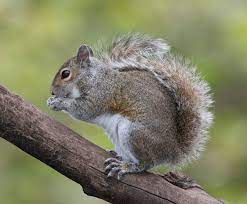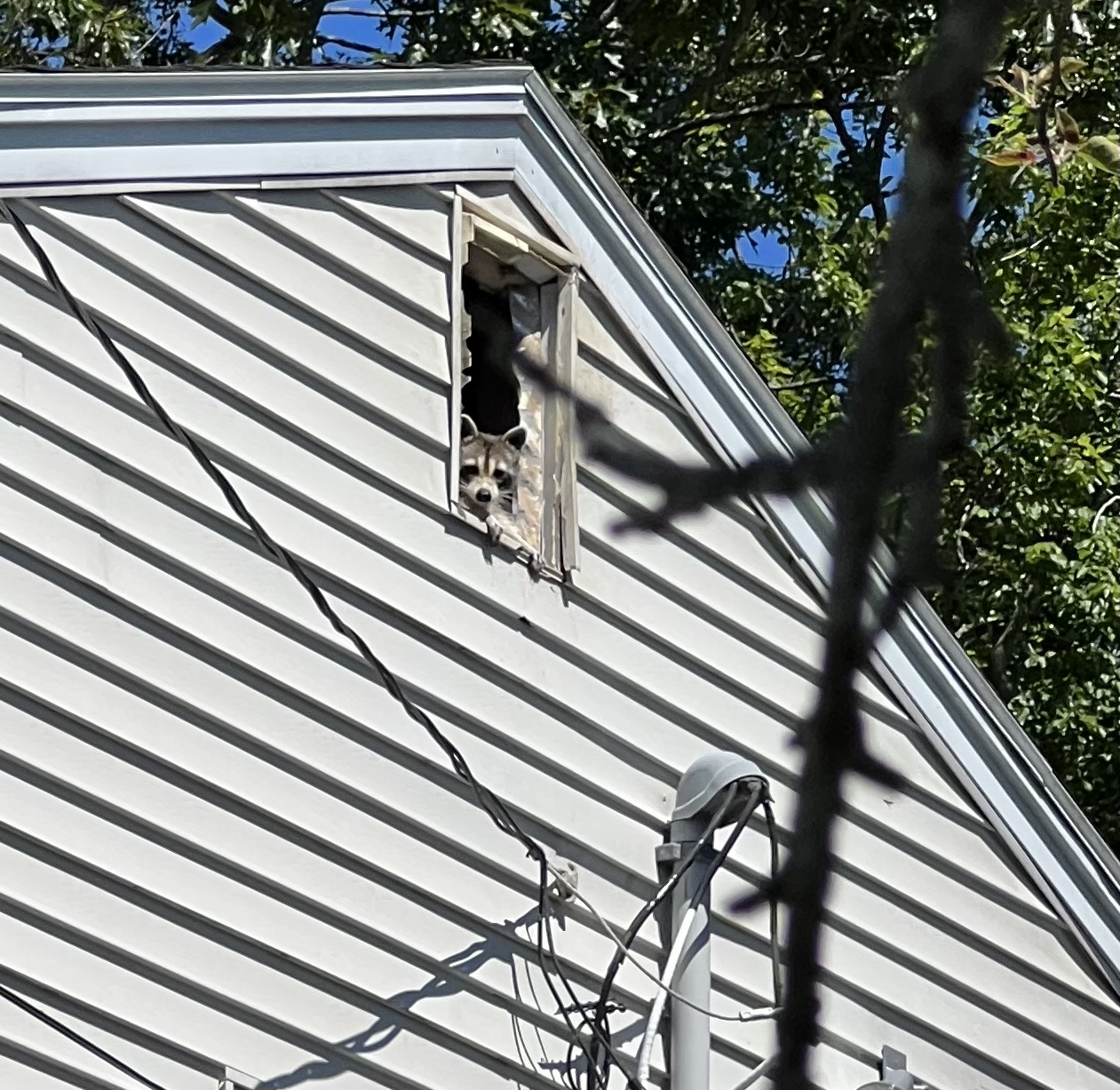Squirrels Vs Raccoons: Which Causes More Damage to Your Massachusetts Home?
- harveysanimalevict
- Sep 9
- 3 min read
Property damage from wildlife intrusion affects thousands of Massachusetts homeowners annually. Two species dominate damage reports: squirrels and raccoons. Data analysis reveals distinct damage patterns between these species.
Squirrel Damage Assessment
Squirrels present continuous structural threats due to biological requirements. Growing incisors require constant gnawing activity. This behavior targets building materials including soffits, fascia boards, siding, wood, metal, and roof shingles.

Primary Damage Categories
Electrical System Compromise
Wire insulation removal creates fire hazards
Power distribution disruption
25% of unexplained house fires attributed to rodent electrical damage
Annual fire incidents: approximately 30,000 nationwide
Infrastructure Impact
Power outage frequency exceeds lightning-caused failures in multiple states
Georgia recorded 16,520 squirrel-related power failures in 2006
Utility system maintenance costs increase
Interior Contamination
Insulation degradation through nesting material incorporation
Droppings and urine accumulation
Food cache establishment attracts secondary pest populations
Odor penetration into living spaces
Access Point Creation
Entry through openings measuring 1.5 inches diameter
Progressive enlargement of initial breach points
Multiple access routes developed simultaneously
Raccoon Damage Profile
Raccoons execute broader structural modifications during habitation establishment. Adult weight ranges 15-40 pounds enable forceful entry techniques. Primary target areas include attics, crawl spaces, and wall cavities.

Damage Classification System
Structural Alteration
Insulation removal and repositioning
Support beam scratching and gouging
Ventilation system modification
Roofing material displacement
Mechanical System Impact
Electrical wire exposure through protective covering removal
Plumbing component damage during exploration
HVAC ductwork punctures and tears
Pipe insulation stripping
Exterior Property Effects
Garden excavation for food sources
Lawn damage through grub hunting
Garbage container access and spillage
Decorative feature destruction
Health Risk Factors
Latrine establishment in confined spaces
Baylisascaris procyonis roundworm transmission potential
Bacterial contamination through waste accumulation
Parasitic organism introduction

Comparative Analysis Matrix
Damage Cost Analysis
Squirrel-Related Expenses
Electrical system repair: $500-$3,000
Fire damage restoration: $15,000-$50,000+
Insulation replacement: $1,500-$4,000
Entry point sealing: $300-$800
Raccoon-Related Expenses
Structural repair: $1,000-$5,000
Insulation replacement: $2,000-$6,000
Professional decontamination: $800-$2,500
Entry point reinforcement: $500-$1,500
Risk Assessment Framework
Immediate Threat Evaluation
Squirrel Indicators
Scratching sounds in walls/ceiling
Wood shavings near building exterior
Electrical outlet sparking or failure
Power fluctuations
Raccoon Indicators
Large hole discovery in roof/siding
Insulation debris in yard
Strong odor from attic space
Visible animal entry/exit

Prevention Protocol Requirements
Squirrel Mitigation
Seal openings exceeding 1.5 inches
Install electrical wire protection
Remove tree branch access routes
Deploy exclusion barriers
Raccoon Deterrence
Secure garbage container systems
Eliminate food source availability
Install chimney caps and vent covers
Maintain exterior lighting systems
Resolution Recommendations
Priority Classification System
High Priority Response Required
Active electrical damage evidence
Fire safety system compromise
Structural integrity threats
Health hazard contamination
Standard Intervention Timeline
Entry point identification and sealing
Damage assessment documentation
Contamination cleanup procedures
Prevention system installation
Contact professional wildlife removal services for immediate assessment. Delay increases damage severity and repair costs.
Species-Specific Action Plans
For Squirrel Issues Focus on electrical system protection. Fire prevention takes precedence over cosmetic repairs. Schedule electrical inspection following wildlife removal.
For Raccoon Problems Address structural damage and contamination risks. Health protection measures required during cleanup operations.
Conclusion
Analysis indicates squirrels generate higher-risk damage through electrical system compromise and fire hazard creation. Raccoons produce more visible structural damage but lower immediate safety threats.
Risk mitigation requires species identification before intervention selection. Property protection effectiveness depends on rapid response implementation and comprehensive exclusion system installation.
Professional assessment determines appropriate removal techniques and repair requirements. DIY approaches often result in incomplete solutions and recurring intrusions.

Comments